If wounds are not cleaned properly, they can have severe consequences. Bacteria and pathogens thrive in unclean wounds, increasing the infection risk. Further complications may result from foreign body retention or aggressive debridement.
Clean twice a day with soap and water and apply ointment afterward. You don't need hydrogen peroxide or alcohol to clean. Continue to care for the wound until it's completely healed.
In this blog post, we will explain different types of wounds that require different cleaning schedules and the best ways to clean a wound.
How Often Should You Clean a Wound: 4 Types
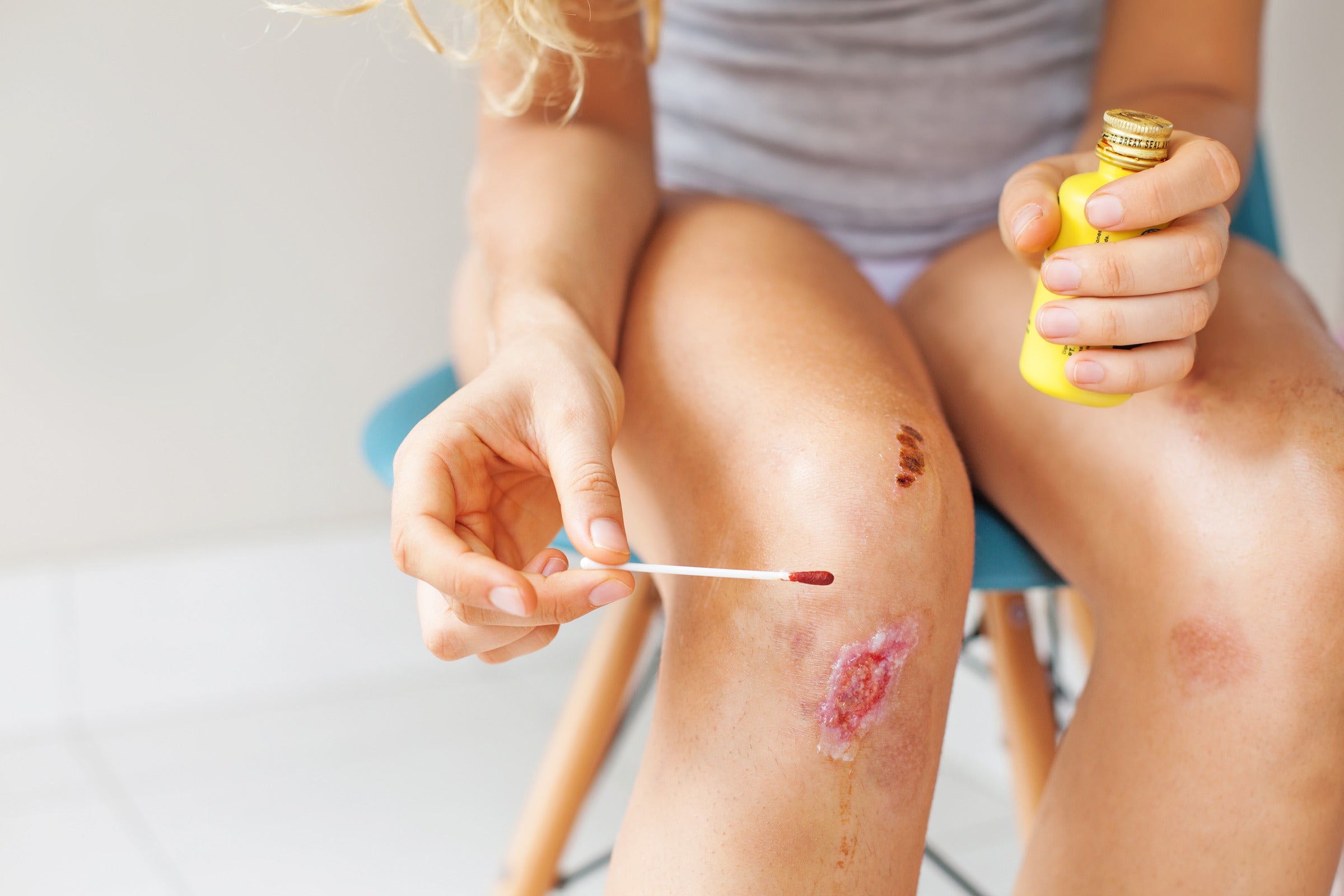
With wound care, infections can be prevented, and healing can be promoted. The frequency of cleaning wounds varies depending on the type of injury. Let's explore how often different types of wounds should be cleaned to ensure proper care and facilitate recovery.
Closed Wound
A closed wound doesn't break the skin's surface, like a bruise or contusion. While these wounds don't require extensive cleaning like open wounds, watching for signs of infection is essential. Gentle washing with soap and water once a day helps maintain cleanliness and reduce the risk of complications.
Open Wounds
Open wounds, like cuts, lacerations, or abrasions, expose the underlying tissues, making them prone to contamination and infection.
These wounds usually require frequent cleaning to free them from debris and germs. Cleaning an open wound 1 to 2 times a day, or as needed if it becomes dirty, can help prevent infection and promote healing.

Penetrating Wounds
Penetrating wounds, such as punctures or gunshot wounds, involve a deep entry into the body, potentially causing internal injuries. Given their severity, these wounds require immediate medical attention. Cleaning a penetrating wound should be done as a preliminary measure before seeking professional medical care.
Use sterile saline or clean water to gently rinse the wound and remove any visible dirt or foreign objects. After initial cleaning, seeking immediate medical evaluation and treatment is crucial due to the risk of internal damage and infection.
Miscellaneous Wounds
Clean dirty wounds within 6 hours to prevent infection as bacteria multiply and penetrate tissues. Miscellaneous wounds encompass a wide range of injuries, including burns, avulsions, or crush injuries. The cleaning frequency for these wounds depends on their specific characteristics and severity.
For minor burns or superficial avulsions, gentle cleansing with water and mild soap followed by appropriate dressing once a day is typically sufficient. More severe or complicated miscellaneous wounds may necessitate specialized medical care and cleaning procedures tailored to their requirements.
5 Tips for Clean a Wound
Proper wound care is crucial for promoting healing and preventing infection. Following the correct steps when cleaning a wound or cut facilitates recovery. Here are the steps to clean a wound:
- Wash Your Hands: Before tending to the wound, thoroughly clean your hands to minimize the risk of introducing harmful bacteria or germs to the affected area.
- Apply Gentle Pressure: When rinsing the wound, apply gentle pressure to help remove any debris or foreign objects from the site. You don't want to use too much force to the wound.
- Rinse with Water: Use clean, running tap water to rinse the wound for 5 to 10 minutes. The continuous flow of water helps to flush out impurities and cleanse the wound effectively.
- Use an Antibiotic Cream or Ointment: After rinsing, apply antibiotic cream to the wound. This helps create a protective barrier and supports the natural healing process.
- Bandage the Wound: Once clean and treated with antibiotic cream, cover it with a sterile dressing, such as a non-adhesive pad, followed by a bandage or a plaster. If available, opt for a waterproof dressing to provide additional protection.
Clinicians Should Be Contacted When Necessary
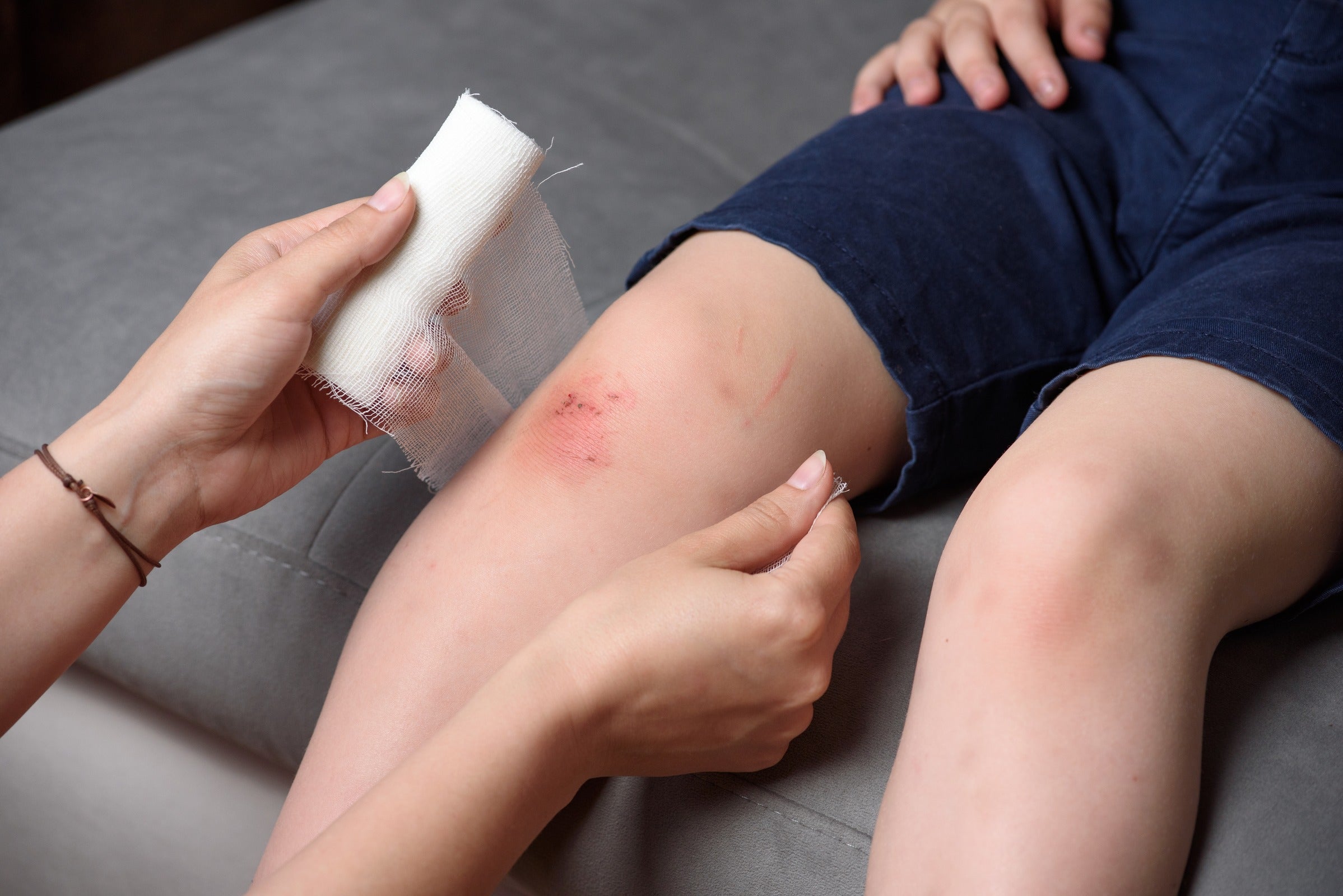
It's essential to know when to seek medical attention in wound care. While mild redness around the wound is a typical aspect of the healing process, sure signs and symptoms warrant prompt consultation with a healthcare professional. Symptoms of needing medical attention:
- Red Streaks Spreading Out from the Wound: If noticeable red streaks extend from the wound site, it could indicate an infection spreading through the body. In such instances, seeking medical care promptly is crucial to prevent further complications.
- Increased Pain or Swelling: A significant escalation in pain or swelling around the wound, especially if it persists or intensifies over time, may signal an underlying issue that requires a clinician's evaluation.
- Difficulty Moving the Affected Area: If the wound is accompanied by restricted movement or stiffness in the adjacent area, it is advisable to consult a healthcare provider to assess potential concerns.
- Pus or Odorous Wound Drainage: The presence of pus, mainly if it is discolored or an unpleasant odor emanating from the wound, necessitates professional evaluation. A clinician should address These indicators of possible infection or inadequate wound healing.
- Warmth around the Wound: Experiencing warmth or heightened heat near the wound may signify an inflammatory response requiring medical attention for proper assessment and management.
- Fever Higher than 100.4 Degrees: A fever above this threshold, especially when accompanied by other concerning symptoms, mandates a visit to a healthcare provider to rule out systemic infection or other complications related to the wound.
- Poor Healing, Gaping Wounds, Bite Injuries, etc: Any instance of slow or impaired wound healing, deep or gaping wounds, or injuries resulting from animal or human bites necessitates evaluation by a clinician to address potential complications and ensure appropriate care.

Conclusion
Wounds and their care are not something one should take lightly. From simple everyday sanitation practices like washing your hands to understanding when it's time to seek medical attention, wound care is essential to our overall health.
Whether you're dealing with a bruise, cut, or something more severe, remember cleanliness is critical. Tune into your body, look out for signs of infection, and don't hesitate to contact a healthcare professional when needed. With the proper care, your wound will be on the healing track quickly.

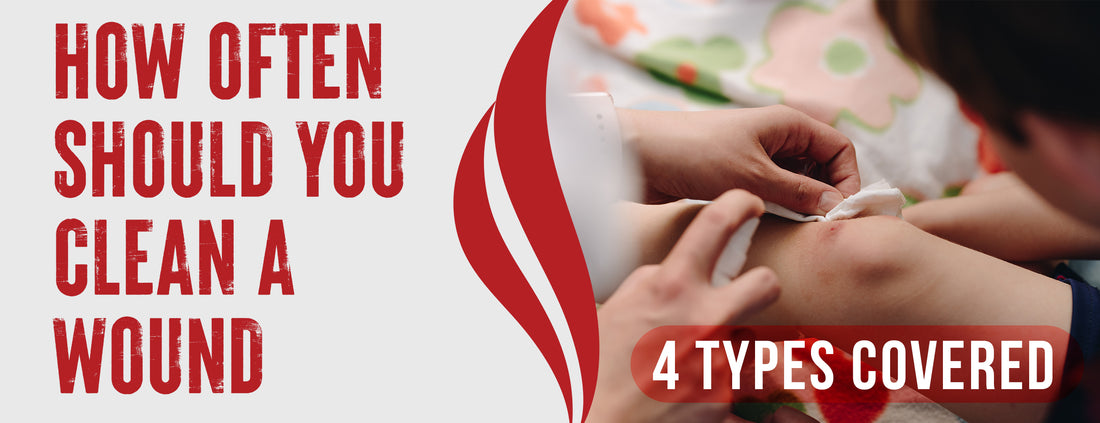








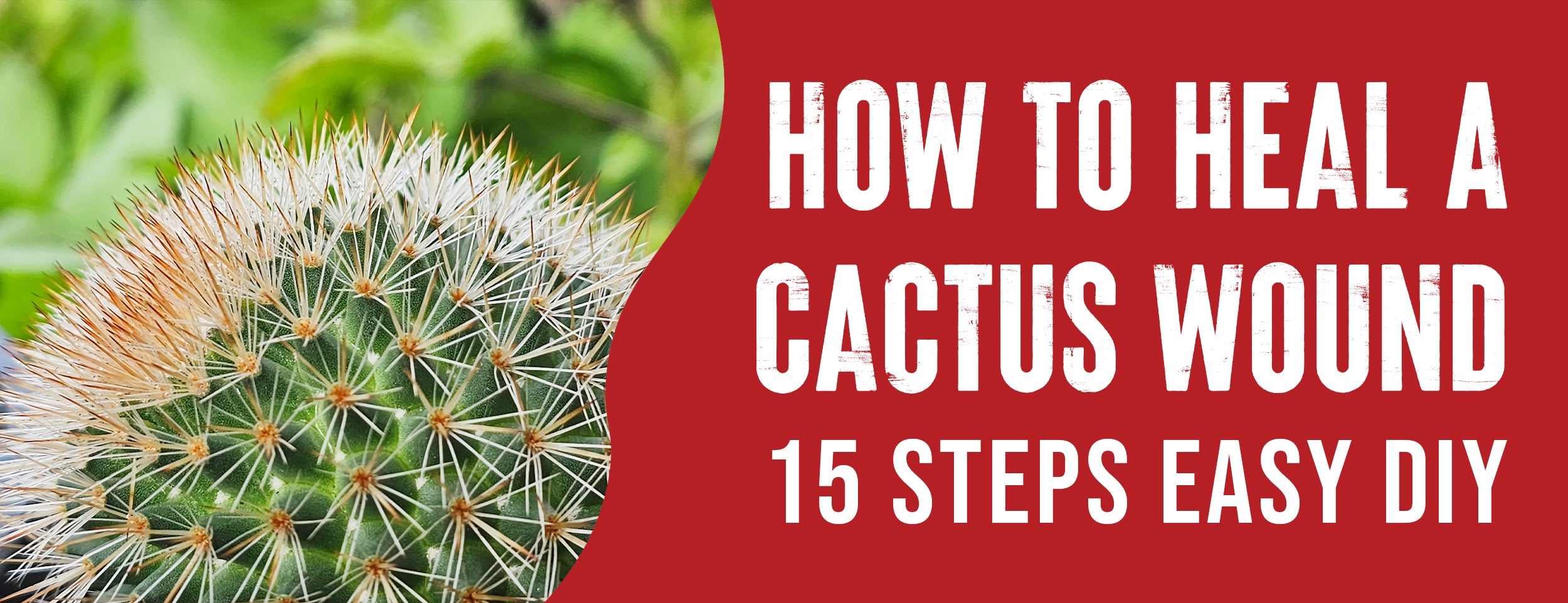
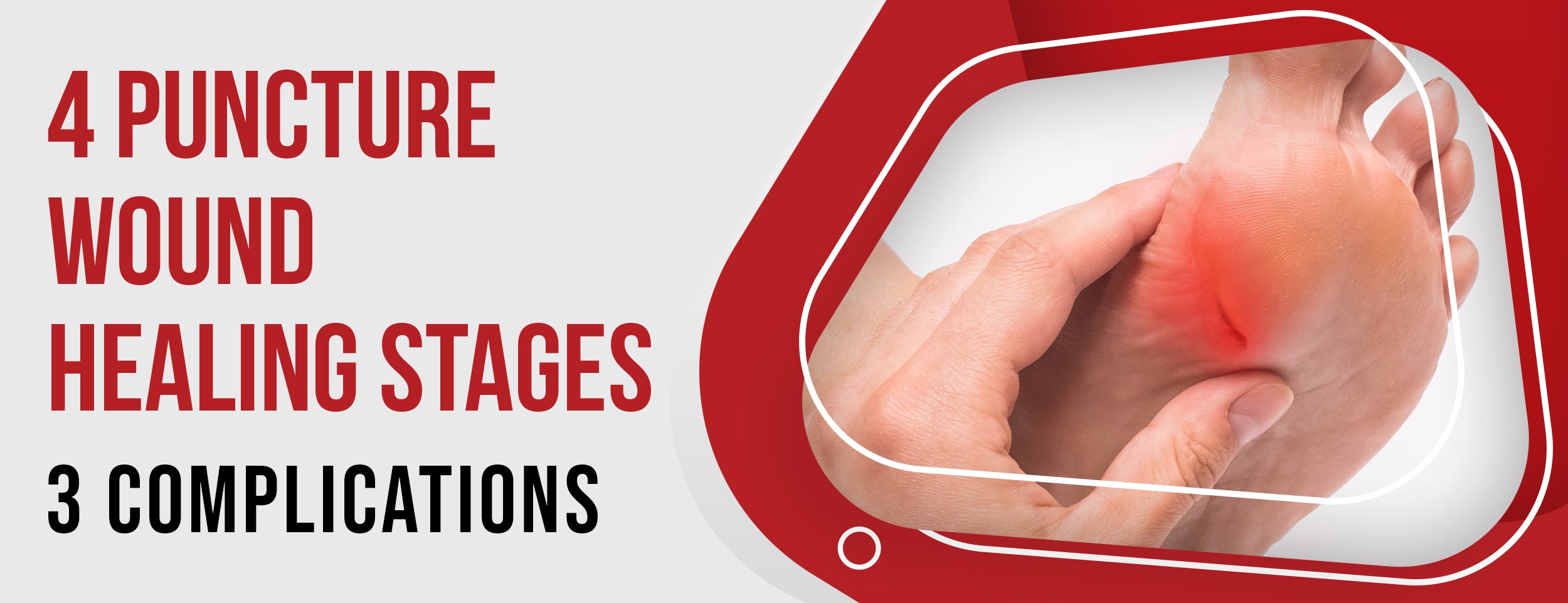
![7 Tips To Disinfect Stab Wounds [5 Complications]](http://drnumb.com/cdn/shop/articles/How_To_Disinfect_Stab_Wound__7_DIY_Steps_5_Complications.jpg?v=1715140726)

